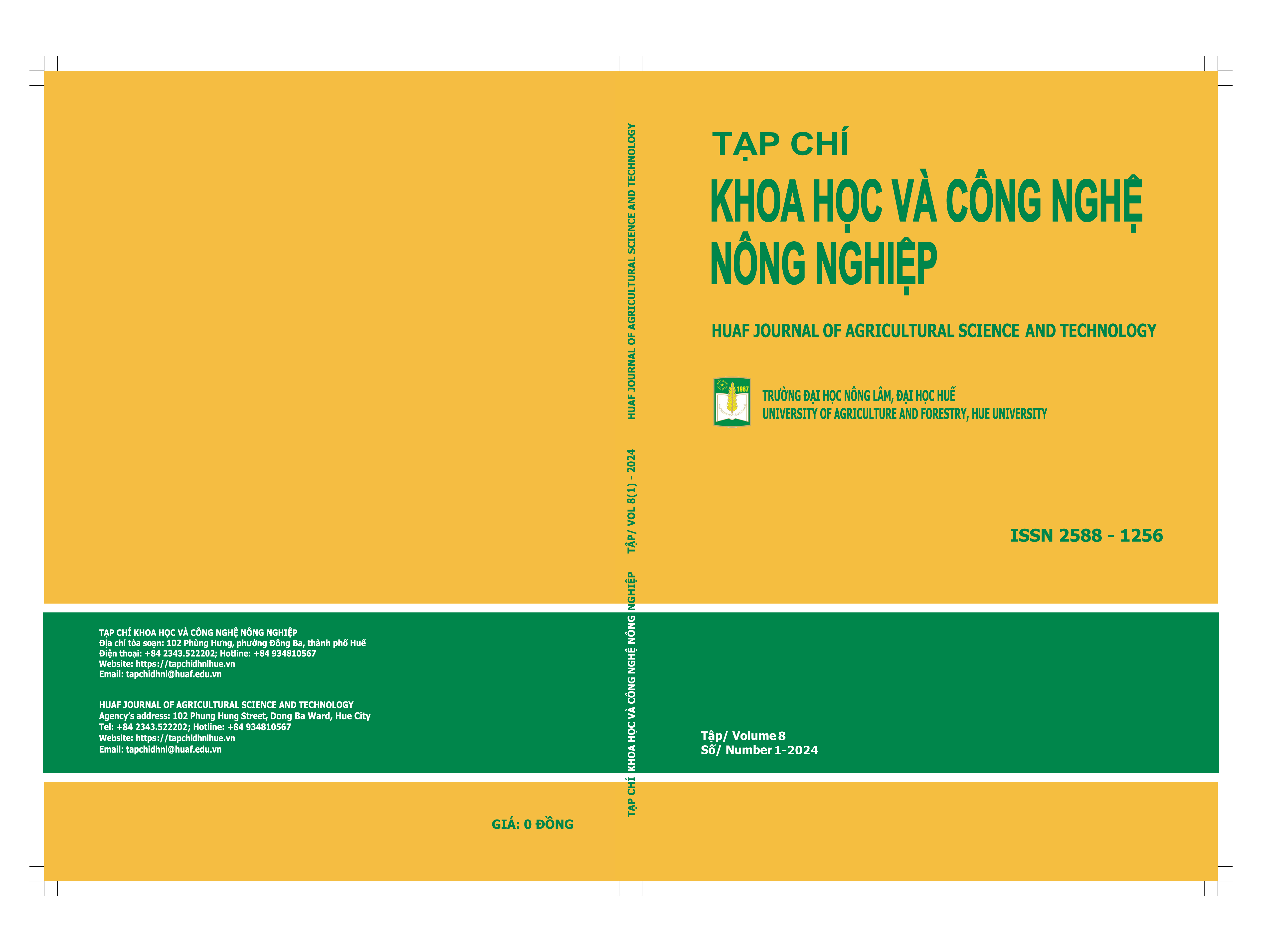##plugins.themes.huaf_theme.article.main##
Abstract
Vibrio harveyi, the major causal agent of luminescent vibriosis, is one of the most important pathogens of marine aquatic animals, causing significant losses in aquaculture industry worldwide. It has been found that bacteria are able to respond to chemicals releasing by the hosts during stress (stress hormones) resulted in increasing bacterial growth and virulence. This research was aimed to determine the effect of different concentrations of stress hormone epinephrine (25 µM, 50 µM, 100 µM and 200 µM) on virulence factors of V. harveyi. The results showed that epinephrine (50 µM, 100 µM and 200 µM) enhanced swimming motility and increased the productions of lipase, phospholipase, haemolysin and caseinase (but not chitinase) in V. harveyi compared to those in controls. Results from challenge test indicated that pre-treated V. harveyi with epinephrine 50 µM showed significant lower survival rate of white-leg shrimp in comparison with untreated ones.


